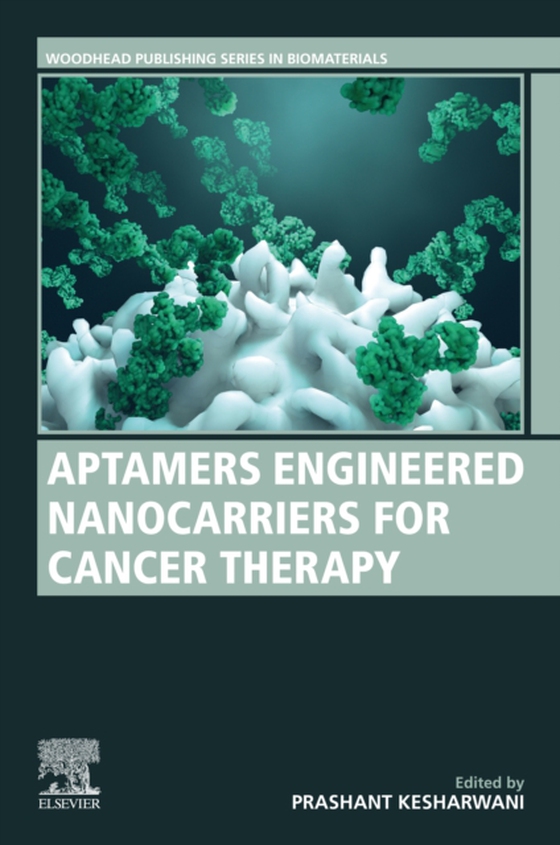
Aptamers Engineered Nanocarriers for Cancer Therapy e-bog
2190,77 DKK
(inkl. moms 2738,46 DKK)
Aptamers Engineered Nanocarriers for Cancer Therapy details the selection technologies, biological characteristics, and clinical uses of aptamer-based nano agents for cancer therapeutics. The book helps facilitate speedy solutions for some of the problems pertaining to the manufacture of nano-aptamers - such as toxicity, thermal stability, cost efficiency, tumor penetration and blood stability....
E-bog
2190,77 DKK
Forlag
Woodhead Publishing
Udgivet
25 september 2022
Længde
556 sider
Genrer
Biomedical engineering
Sprog
English
Format
pdf
Beskyttelse
LCP
ISBN
9780323855761
Aptamers Engineered Nanocarriers for Cancer Therapy details the selection technologies, biological characteristics, and clinical uses of aptamer-based nano agents for cancer therapeutics. The book helps facilitate speedy solutions for some of the problems pertaining to the manufacture of nano-aptamers - such as toxicity, thermal stability, cost efficiency, tumor penetration and blood stability. Key chapters cover cell-SELEX technology for aptamer selection, mechanisms of multi-drug resistance of cancer, the relevance of aptamers as anticancer therapies, as well as the broad range of aptamer-functionalized nanostructures available. This book provides exciting insights into this relatively new approach to cancer therapeutics, and will be of interest to materials scientists, biomedical engineers, molecular biologists, biochemists and clinical scientists, with a focus on cancer therapy. Reviews the mechanisms behind multi-drug resistance (MDR) in cancer and how aptamer-mediated novel therapeutic agents and strategies can facilitate MDR reversal Covers a range of aptamers engineered nanostructures, including PLGA nanoparticles, silica nanoparticles, quantum dots, nucleic acid aptamers, and more Discusses the challenges associated with using aptamers as cancer therapeutics and how this translates into clinical use
 Dansk
Dansk

